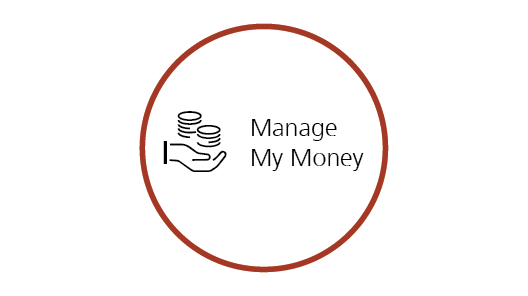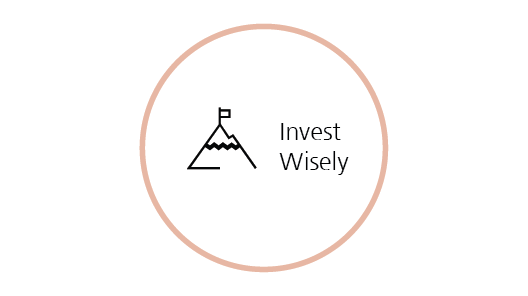Make financial wellness yours
Practicing good habits can build a positive money mindset
Financial wellness isn’t about the number of digits in your net worth or the size of your paycheck. It’s about being an active participant in your financial life and having a positive relationship with your money.
But changing financial habits can feel like a tall task. So how do you begin to make choices from a position of control instead of worry? Taking small steps toward financial wellness can increase your confidence and help you bridge the gap between avoidance and action.
Although everyone's money journey is different, the key is taking the first step. It's never too late to start, and you'll likely have questions along the way. But when it all comes together, you can have more freedom to make thoughtful choices, live in the moment and enjoy life.





